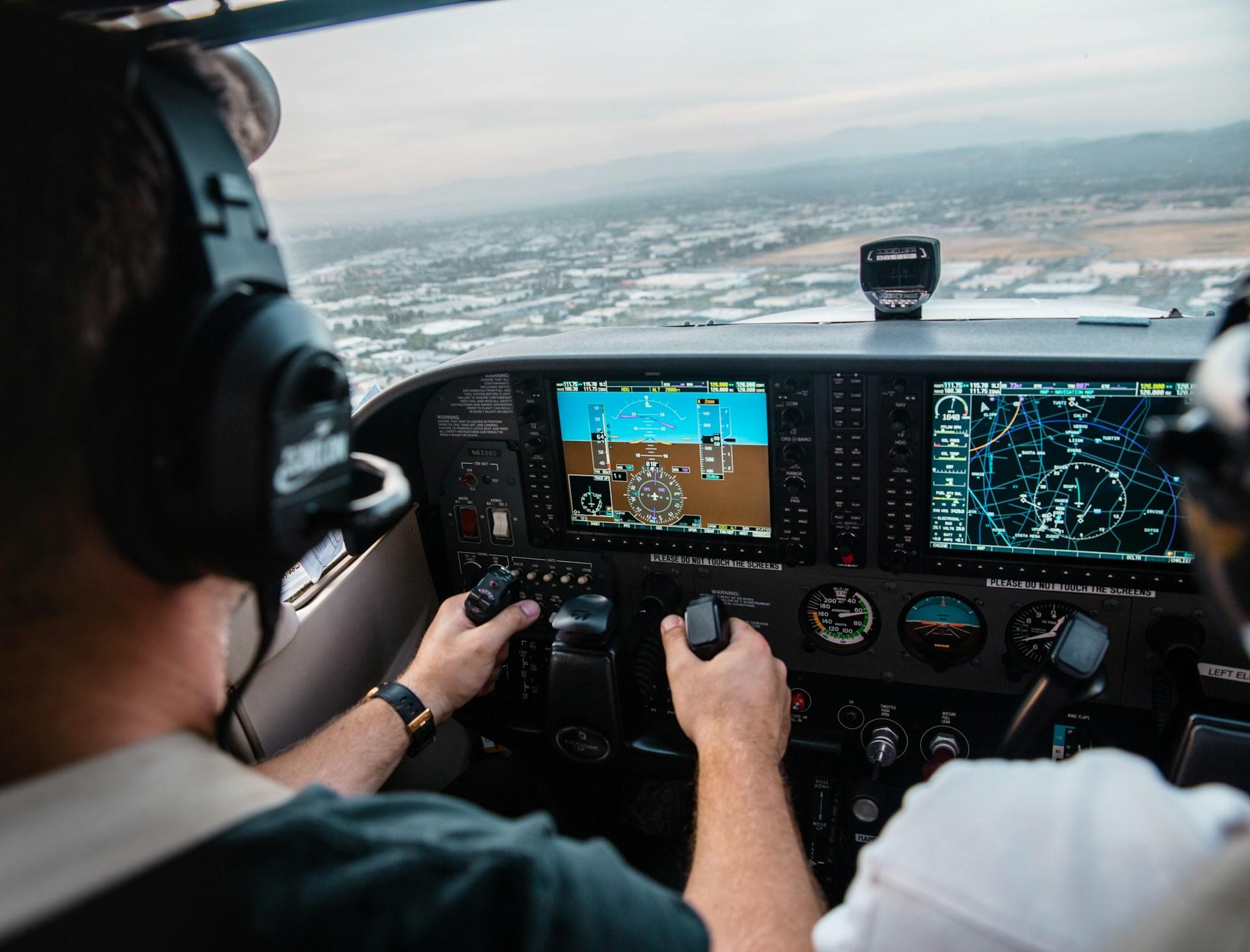This has been a debate for quite a long time, mostly driven by travel anxiety, curiosity, fear, media influence, personal experiences, and travel statistics.
While air accidents and incidents are few, when they happen, they usually are dramatic and fatal. On the other side, road accidents are pretty common but are not always as fatal.
So which one is safer and which one is dangerous? Let's dive into the facts and figures to find out.

Generally, flying is considered the safest mode of transport and here is why;
The chances of being in a plane crash are about 1 in 11 million. This is an incredibly low statistic and is as a result of the rigorous safety standards in the aviation industry.
For instance, in recent years, the number of fatal airline accidents has been consistently low, with fewer than 20 fatal incidents recorded annually (for about the last 10 years) for commercial flights.
Aviation authorities like the Federal Aviation Administration (FAA) and the International Civil Aviation Organization (ICAO), have put strict measures in place that are followed by airlines.
These regulations cover every aspect of flying including;
Maintenance - Aircraft are subject to regular and thorough inspections. Any potential issues are addressed immediately to prevent accidents.
Pilot training - Pilots undergo extensive training and must regularly update their skills. They are trained to handle a wide range of emergencies that may occur during a flight.
Operational procedures - Airlines follow strict operational procedures, from pre-flight checks to in-flight protocols, designed to ensure the highest level of safety.
Modern aeroplanes are equipped with advanced technology that enhances safety. For example the Avionics Systems.
These include autopilot, weather radar, and collision avoidance systems, which help maintain stable flight, avoid dangerous weather conditions, and alert pilots to potential mid-air collisions.
Aeroplanes today are also designed with multiple redundant systems so that if one system fails, there is a backup system to take over to ensure safety. Not to mention all the safety features installed such as reinforced cockpit doors and advanced fire suppression systems, which are now standard in modern aircraft.
Air traffic control (ATC) is a service provided by ground-based controllers who coordinate the movement of aircraft on the ground and in the air
Their primary responsibility is to prevent collisions, organise and expedite the flow of air traffic, and provide information and other support for pilots.
They ensure that aircraft maintain safe distances from each other, provide pilots with instructions and information necessary for safe flight operations such as directions for takeoff, landing, weather updates, and navigating through controlled airspace, and help handle emergencies.
Passenger safety is a top priority for airlines. That is why there are safety briefings before takeoff, the availability of oxygen masks and life vests, and even specific designs of seats and cabin layouts, all of which are aimed at contributing to the safety of all those on board.
Flight attendants are also trained to handle emergencies and assist passengers during evacuations.

Driving is part of daily life for many people. The legal age for driving a car is as young as 16 in most states in most countries. This means more and more people get to drive every single day.
While driving is a basic life skill and almost a basic need, it comes with significant risks with over a million fatalities recorded every year.
According to the World Health Organization (WHO), traffic injuries are the leading cause of death for children and young adults aged 5-29 years. It has also been reported that every 24 seconds, someone dies on the road.
These fatalities are just the tip of the iceberg, as millions more suffer non-fatal injuries, often resulting in long-term disabilities.
Here are some factors contributing to the high accident rates on roads;
Most road accidents are due to human error such as;
Driving too fast for road conditions or exceeding speed limits.
Distracted driving, for example using mobile phones, eating, or other distractions, which can take attention away from the road.
Driving under the influence of alcohol and drugs, which impairs judgment and reaction times, leading to accidents.
Fatigue makes tired drivers less alert and more likely to make mistakes.
While there are laws for road safety, they are not as strict as those for air travel. Enforcement can also vary greatly from place to place.
Unlike aircraft, cars do not undergo regular, mandatory inspections. Many accidents result from poorly maintained vehicles.
The training and licensing requirements for drivers are generally less strict than for pilots. This can lead to less competent drivers on the road.
Different countries and even within regions have different traffic laws. This inconsistency of laws and enforcement can contribute to accidents.
The quality of road infrastructure plays a significant role in safety. Some key factors include;
Poorly maintained roads with potholes, inadequate signage, or poor lighting, which increase accident risks.
Inefficient traffic management, including signals and roundabouts, increases the likelihood of accidents.
Roads that are not designed to safely accommodate pedestrians and cyclists see higher accident rates involving these vulnerable groups.
Modern vehicles are equipped with various safety features to protect passengers and reduce accidents including;
Airbags that are deployed on impact to protect occupants.
Anti-lock Braking Systems (ABS) to prevent wheels from locking up during braking (for maintaining control).
Electronic Stability Control (ESC) to help prevent skidding and loss of control.
Advanced Driver Assistance Systems (ADAS), including features like lane departure warnings, adaptive cruise control, and automatic emergency braking.

When comparing road travel to air travel, the statistics show a stark contrast;
The fatality rate for road travel is significantly higher than for air travel. On roads, the fatality rate is approximately 7.28 fatalities per billion passenger miles. This means that for every billion miles travelled on the road, about 7.28 people die as a result of road accidents.
On the other hand, air travel has a low fatality rate of around 0.07 per billion passenger miles. This means that the likelihood of dying in a plane crash is significantly lower compared to dying in a road accident.
As seen above, road accidents are more common, with millions occurring worldwide each year. The high volume of vehicles, coupled with various factors like human error, weather conditions, and infrastructure issues, contributes to accidents on the roads.
In contrast, air accidents are extremely rare. This is thanks to the strict safety regulations, advanced technology, and thorough training of pilots.
So which one is safer? Flying or driving?
Statistics clearly show the significant differences in safety between air and road travel. Generally, air travel is considerably safer with lower fatality rates and accident frequencies.
If you want the latest information on the best Hotel Executive Club Lounges, Hotel Kids Clubs and other travel information, be sure to sign up for our free newsletter full of tips and great travel ideas.